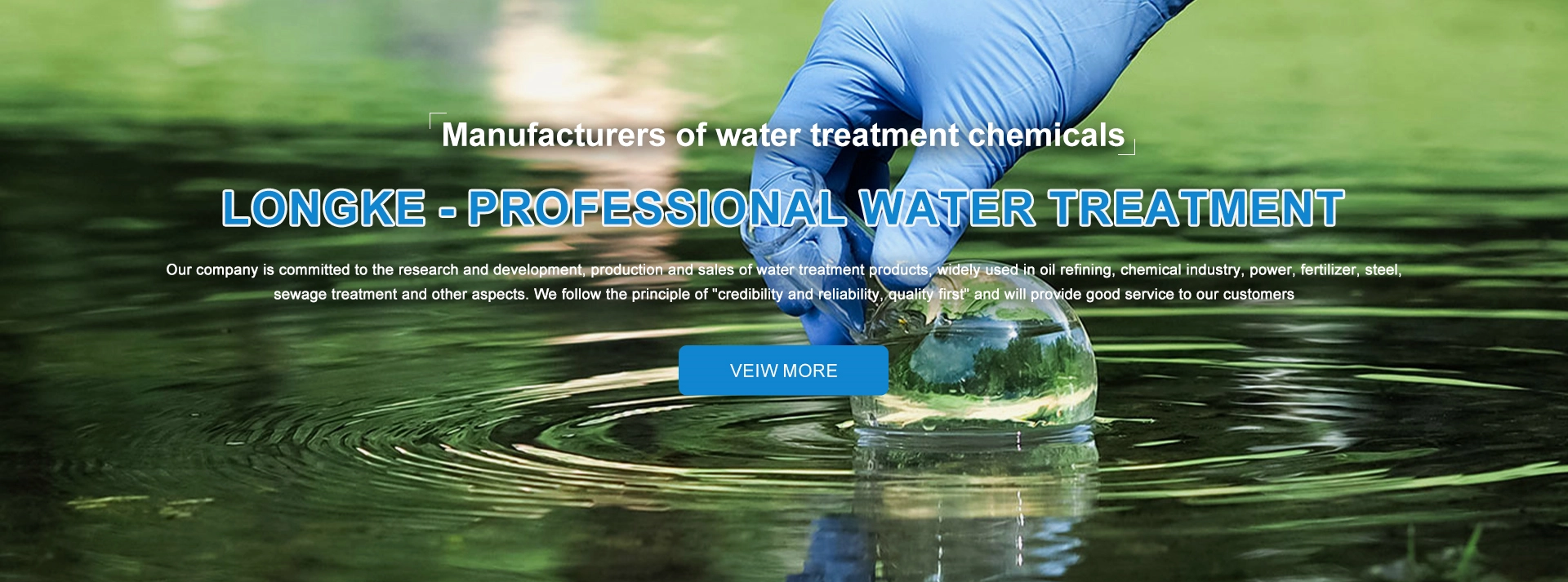poly aluminum chloride water treatment
Poly Aluminum Chloride in Water Treatment
Water treatment is a critical process aimed at improving the quality of water for various uses, including drinking, industrial applications, and environmental restoration. One of the commonly used coagulants in this process is Poly Aluminum Chloride (PAC). PAC has gained recognition for its efficiency and effectiveness in removing impurities from water, making it a popular choice among water treatment facilities worldwide.
What is Poly Aluminum Chloride?
Poly Aluminum Chloride is a chemical compound that exists in various forms, usually as a white powder or a liquid. It is a polymeric form of aluminum chloride, produced by the hydrolysis of aluminum salts. PAC is known for its high positive charge density, which allows it to effectively neutralize negative particles in water. This characteristic is particularly important in the coagulation process, where tiny suspended particles, organic matter, and impurities need to be agglomerated into larger flocs for easier removal.
Benefits of Using PAC
1. High Efficiency PAC is able to coagulate a wide range of pollutants, including suspended solids, color, and organic matter. Its rapid action means that treatment systems can operate efficiently, reducing the time needed for water to be treated before use.
2. Lower Dosage Requirement Compared to traditional coagulants like aluminum sulfate, PAC typically requires a lower dosage to achieve the same or even better results. This quality not only reduces the cost of chemicals but also minimizes the amount of sludge generated during the treatment process.
poly aluminum chloride water treatment

3. Wider pH Range PAC is effective across a broader pH range, ranging from acidic to alkaline conditions. This versatility makes it suitable for various water sources, including surface water, groundwater, and wastewater.
4. Less Residual Aluminate Using PAC results in lower residual aluminum levels in treated water, which is an important consideration for potable water supplies. This property is beneficial for health and environmental safety.
Applications in Water Treatment
PAC is primarily used in municipal drinking water treatment, industrial water processes, and wastewater treatment facilities. In municipal water plants, PAC is introduced during the coagulation phase, where it aids in the removal of sediments and organic particles. In industrial settings, it is used to clarify and purify process water, while in wastewater treatment, it helps in the solid-liquid separation process, making it easier to dispose of waste materials.
In addition, PAC is also employed in industries such as paper production, textile manufacturing, and food processing, demonstrating its versatility and effectiveness across different sectors.
Conclusion
The use of Poly Aluminum Chloride in water treatment processes reflects a modern approach to ensuring clean and safe water. Its effectiveness, efficiency, and reduced environmental impact make it a preferred choice in various applications. As global water quality challenges continue to evolve, advancements in chemical treatments like PAC will play a crucial role in developing sustainable and reliable water purification methods. The ongoing research and development in PAC formulations promise even greater efficiencies and applications in the future, potentially leading to significant advancements in water treatment technologies.
-
Water Treatment with Flocculant Water TreatmentNewsJun.12,2025
-
Polymaleic AnhydrideNewsJun.12,2025
-
Polyaspartic AcidNewsJun.12,2025
-
Enhance Industrial Processes with IsothiazolinonesNewsJun.12,2025
-
Enhance Industrial Processes with PBTCA SolutionsNewsJun.12,2025
-
Dodecyldimethylbenzylammonium Chloride SolutionsNewsJun.12,2025





